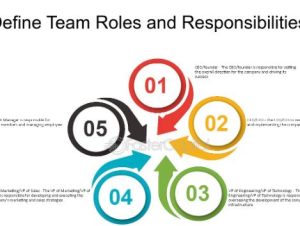What Are Agile Strategies?
Agile strategies represent a paradigm shift in how organizations plan and execute their business objectives. These strategies are characterized by their flexibility, rapid iteration, and focus on customer feedback, designed to enable businesses to adapt quickly in a fast-changing environment. This article explores the components and benefits of agile strategies, providing data-driven insights into their effectiveness.

Focus on Customer-Centric Development
Agile strategies revolve around the core principle of customer-centric development. This means that decisions and product developments are driven by customer needs and feedback. According to a study by Forrester, businesses that adopt customer-centric approaches see a 60-70% improvement in profitability. Agile methodologies empower teams to iterate on products and services based on real-time feedback, ensuring that the final deliverables are aligned with customer expectations.
Iterative Planning and Execution
Unlike traditional strategic planning, which often involves long-term plans based on static assumptions, agile strategies embrace short-term, iterative cycles. These cycles, commonly known as sprints, typically last from two to four weeks and focus on delivering specific, measurable outcomes. Data from the Project Management Institute indicates that organizations implementing these iterative cycles enjoy a 55% higher success rate in achieving their project goals.
Enhanced Collaboration Across Teams
Agile strategies enhance collaboration by breaking down silos and encouraging cross-functional teamwork. Teams are structured around achieving specific outcomes, and daily stand-up meetings ensure everyone is aligned and aware of any issues. According to a survey by McKinsey, companies fostering cross-departmental collaboration increase their employee satisfaction by 35% and improve operational efficiency by 25%.
Adaptability to Change
One of the key advantages of agile strategies is their inherent adaptability. This agility allows businesses to pivot quickly in response to market changes or internal challenges. Research from Harvard Business Review shows that agile companies can reduce their time to market by up to 50% and increase the success rate of their strategic initiatives by up to 80%.
Continuous Learning and Improvement
Agile strategies are built on the foundation of continuous learning and improvement. Teams regularly reflect on their processes and outcomes to identify lessons and areas for enhancement. This ongoing optimization leads to higher quality outputs and innovative solutions. A study by Deloitte found that organizations with a strong focus on continuous learning see a 37% higher productivity rate and a 34% higher likelihood of responding effectively to industry changes.
Scalability and Business Growth
Successfully implementing agile strategies often results in scalable solutions that can drive significant business growth. Companies that have mastered agile scaling report an average revenue increase of 27% and a profit margin improvement of 30%, according to a report from Bain & Company.
Implementing Agile Strategies
Adopting agile strategies requires a shift not only in processes but also in organizational mindset. Leaders must foster an environment that encourages experimentation, embraces failures as learning opportunities, and prioritizes customer satisfaction above all. When properly executed, agile strategies can transform a rigid organization into a dynamic and resilient enterprise, well-equipped to thrive in today's volatile market landscape.
